How to Teach Kids Where Food Comes From
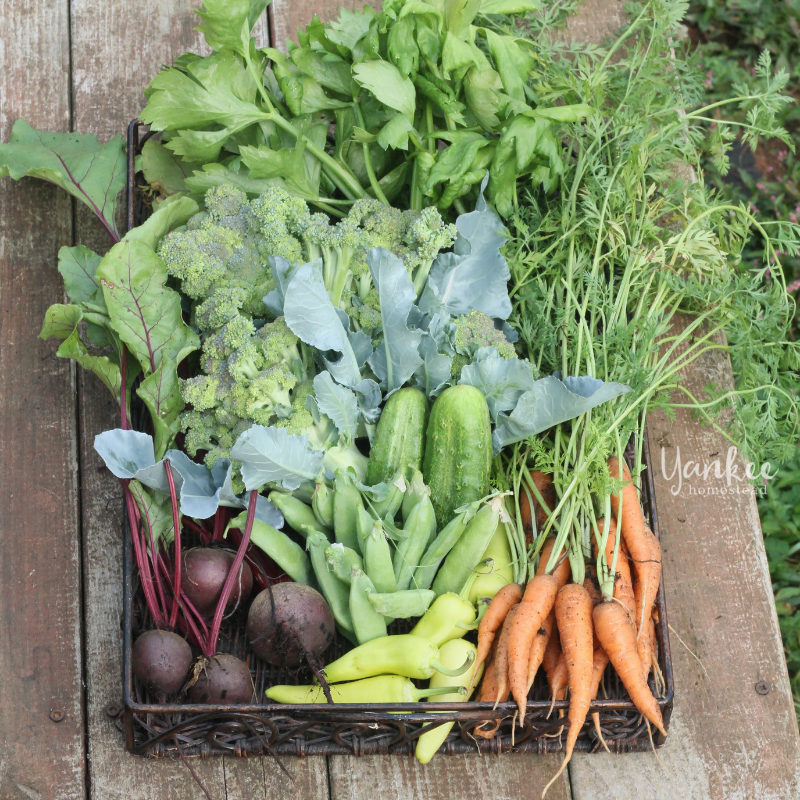
Plan your best garden with simple, step-by-step instructions!
This post may contain affiliate links, which means I make a small commission at no extra cost to you.
See my full disclosure here.
As a nation, I think we might possibly be failing when to teach kids where food comes from. The good news is that this doesn’t have to be the case for your family!
Is growing food a thing of the past?
Not too long ago, while helping out in my son’s Sunday School class at church, I had an interesting discussion with several third graders on the topic of growing food.
Several kids and I were sitting at a table working on some sort of project, and they were talking about this and that when the topic of the weather came up. A few of us were discussing the recent rain and other weather topics, like which exact day spring had started.
At some point, a little boy visiting from out of town (San Francisco, not that it matters) said something along the lines of Who really cares when spring started? I couldn’t resist the opportunity to mention that people who grow food probably care. They need to know when spring starts.
And he said, I kid you not, Well, nobody really does that anymore.
So I asked him, Well, who do you think grows the food you eat? Someone has to grow that food.
And he looked at me like I had three heads. It was surreal. I’d venture to guess that this little boy thinks his food comes from the grocery store, in boxes and cans that just sort of appear there on the shelves.
Growing food is “easy”
Then a little girl piped up to tell us that Growing food is easy: you just plant a seed and water it, and it comes up!
And I thought to myself, Well, yes…and no. It’s not always that simple. Growing food actually takes a lot of careful work and preparation. It doesn’t just magically appear.
I restrained myself that day in the third grade classroom, and even chuckled a little. Don’t kids say the funniest things! But that quick, offhand conversation stuck with me. Or maybe more accurately, it haunted me.
As I reflected, two main thoughts emerged:
- Gratefulness that my own kids know exactly where their food comes from, even the food we don’t grow ourselves, and they know how it grows.
- Sadness that more kids don’t know the joy of growing their own carrots or lettuce or chickens or eggs.
The story of bread
It made me think of Animal, Vegetable, Miracle by Barbara Kingsolver, where she wonders how parents would feel about making agriculture “a mandatory subject in all schools”, right up there with reading and math.
Can you imagine our schools making it a priority to teach our kids where their food comes from? Personally, I think that would be great!
Kingsolver asks,
“Is the story of bread, from tilled ground to our table, less relevant to our lives than the history of the thirteen colonies? Couldn’t one make a case for the relevance of a subject that informs choices we make daily–as in, What’s for dinner? Isn’t ignorance of our food sources causing problems as diverse as overdependence on petroleum, and an epidemic of diet-related diseases?”
She also points out that,
“The baby boom psyche embraces a powerful presumption that education is a key to moving AWAY from manual labor, and dirt–two undeniable ingredients of farming. It’s good enough for us that somebody, somewhere, knows food production well enough to serve the rest of us with all we need to eat, each day of our lives.”
Isn’t that exactly what the conversation with my third grade friends demonstrated? Somebody, somewhere grows their food, but they are completely out of touch with the process.
Reclaiming our food-growing knowledge
On the other hand, my family has, in essence, made agriculture a mandatory subject in our homeschool. We are moving TOWARDS farming, with all the “manual labor, and dirt” it requires.
We are challenging the status quo, the stereotype of backwards, uneducated farmers. From where we stand, homesteading is progressive. It’s innovative. It’s a step forward.
We have taken it upon ourselves to teach our kids where their food comes from, right along with math, reading, history, science, and fine arts. And we, their parents, are learning right along with them.
It’s not enough for us to let somebody (unknown), somewhere (far away) produce all we need to eat. When it comes to nutrition, flavor, and sustainability, food grown by “somebody, somewhere” pales in comparison to the food we obtain locally or (even better) grow ourselves.
Kingsolver observed that in just two generations we have shifted from a rural nation to an urban nation, and much of our food-growing knowledge has all but disappeared.
In defense of our little third grade visitor, the 2017 Census of Agriculture released this spring (in 2019) shows that farming is definitely on the decline, even in the last decade. In America, it is actually true that (almost) nobody does that anymore.
But this is an unsustainable trend: somebody, somewhere has to grow our food. And the more involved each of us can be with that process, the better the chances that our food will be real, and that it will actually nourish our bodies.
And our souls, for that matter.
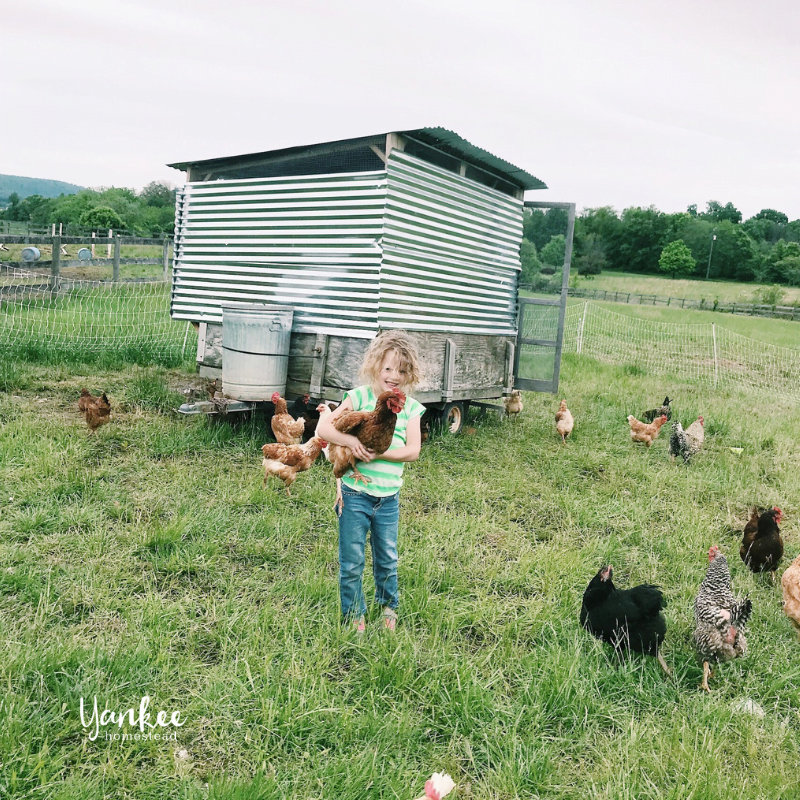
How to teach kids where food comes from:
We don’t have to be homesteaders or live on a farm to teach our kids where their food comes from. Each of us can take steps to avoid the “somebody somewhere” mentality. Here are a few ideas…
1. Grow food
Any kind of food! Plant a garden, grow lettuce or tomatoes on your balcony, join a community garden, borrow garden space from a friend or neighbor. Involve your kids.
2. Support school gardens
Encourage and support garden programs in your local schools. You could even offer to help start one at your child’s school!
3. Visit farms
Take your kids to a local farm to see how real food grows. Pick-your-own orchards or gardens provide a great way to see food growing and take it home to enjoy. Some farms even offer tours.
4. Buy local
Join a CSA, patronize small farms and PYO orchards, become a regular at your local farmers market.
5. Eat local
Challenge your family to eat more local foods. Set a goal. You might aim to eat a certain number of local foods or serve a certain number of (mostly) local meals each day, week, or month.
6. Befriend a farmer
There’s nothing like knowing a real, live farmer to develop a deeper appreciation of growing real food. But remember that farmers are very busy, especially from about May to October. Regularly purchasing their products on the farm or at a farmers market is one of the best ways to strike up a relationship.
7. Read books
Do you read to your kids? Try weaving in books about homesteading, gardening, and food-growing. Look for authentic books and not the commercialized E-I-E-I-O varieties.
Pssst: I’ve got some recommendations for you…
- Favorite Books for Homestead Kids
- 11 Favorite Children’s Books About Seeds & Gardens
- 4 Delightful Children’s Books about Gardening
- 8 More Children’s Books about Gardens
What do you think: is farming a thing of the past? Does it even really matter whether or not kids know where their food comes from?

Sign up NOW for my best tips delivered weekly to your inbox!
You’ll also get instant access to my library of free ebooks and resources.
You might also like...
2 responses to “How to Teach Kids Where Food Comes From”
-
I think it’s so important to now only know where food comes from but knowing how to grow it as well. It saddens me to know how many kids out there, and some adults too, really don’t know where all their food comes from nor can they even identify most fruits and vegetables. These are all great ways to learn just what it takes to get the food that ends up on our plates. I know my son always looks forward to summer because that means the garden starts and he gets to look forward to all the food I grow for the family. He always prefers garden vegetables over what we can get in the stores.
-
Good for you, Sarah! My kids also have been pleasantly surprised to discover that every vegetable we grow tastes better than its grocery store counterpart. Now if only I could get them to eat tomatoes…
-




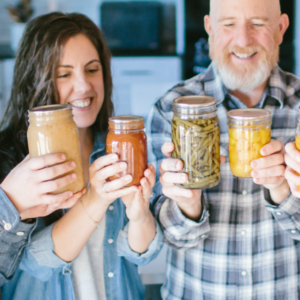

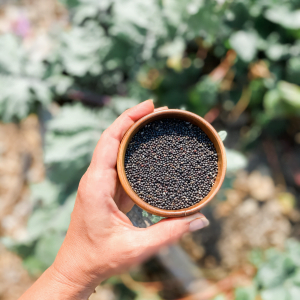
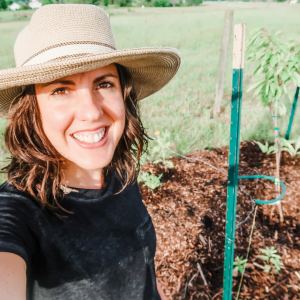
Leave a Comment